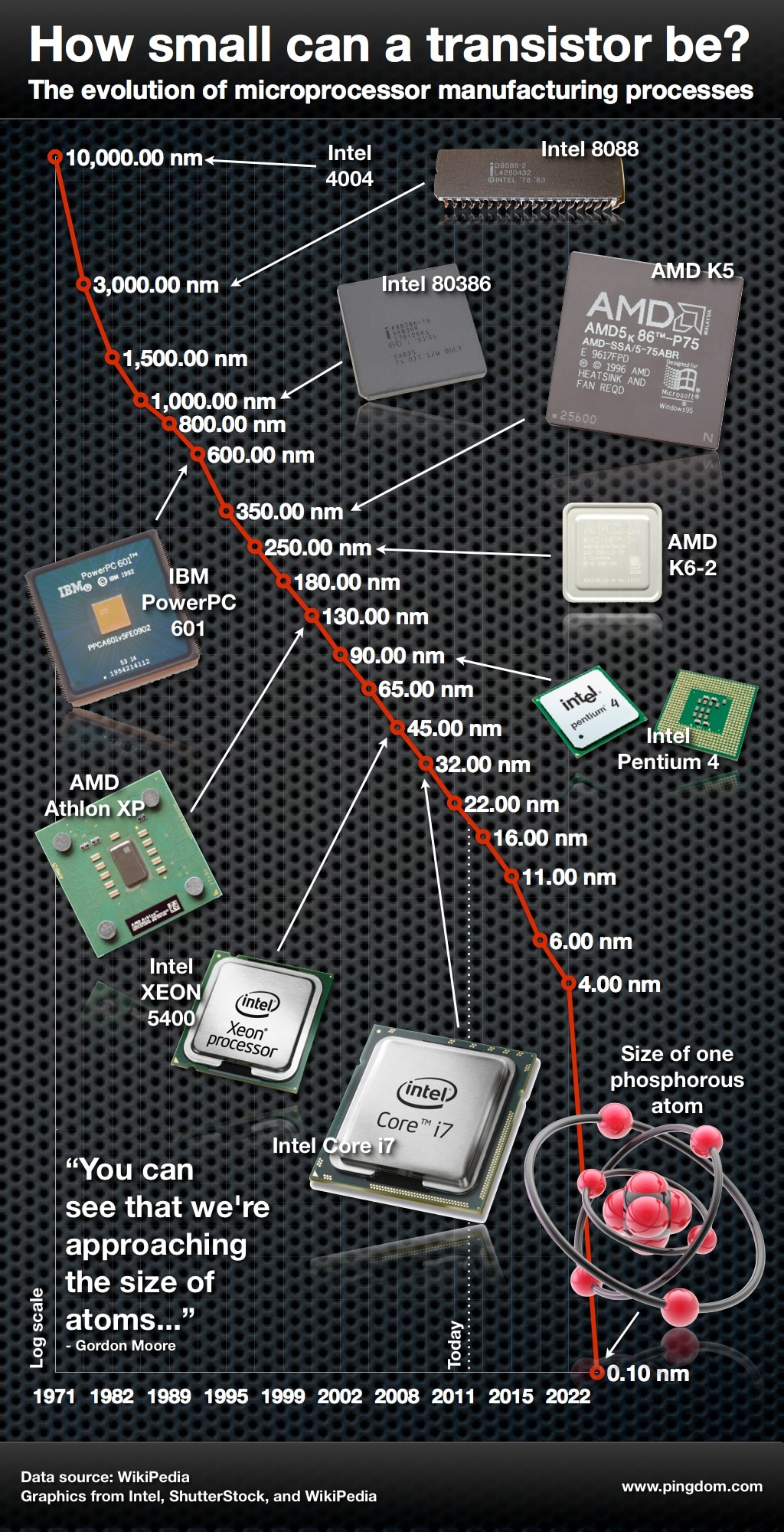

The first measurement, DL, would serve as the more accurate analogue to the measures in use industry-wide today.Ī singular transistor density metric, much like DL, has long been the metric that Intel would like to see the industry adopt. It would also mean that our metric for a chip's worthiness is abstractly generated from system configuration, which is highly variable between machines and dependent on components such as system memory. That's the thing with LMC, it's more a system measurement formula than a straightforward measure of the lithographic processes that which we use today. If your system has lots of cores, memory, and bandwidth-a supercomputer, for example-it's going to come out on top with LMC. DL is the density of logic transistors, DM is the bit density of main memory (off-chip DRAM for the most part today), and DC is the density of connections between main memory and logic. It's called the Logic, Memory, Connectivity Metric, or LMC for short, and substitutes a single transistor length for a three-part number, consisting of DL, DM, and DC values. As a replacement, we propose a density metric, which aims to capture how advances in semiconductor device technologies enable system-level benefits." "Since its inception, the semiconductor industry has used a physical dimension (the minimum gate length of a transistor) as a means to gauge continuous technology advancement," the researchers say within the paper. Rather than simply measure logic transistor length, the researchers propose a measure of logic, memory, and packaging/integration technologies simultaneously. The research paper outlined over at IEEExplore defines a process of measuring semiconductor advancement by a different metric: density. As far as semiconductors go, silicon still has some legs in it yet, so best find a new metric that represents that sharpish-it's also the perfect time to finally " clear up the node naming mess" as Intel once put it. There's also the problem of what do we name chips once someone dips below 1nm? TSMC is already working on its 2nm process node, so we'll reach that point sooner than you might think. With power and performance disparities of up to 40% between nodes on the line, process node performance is a key metric in determining which chip ends up with the best CPU for gaming crown. (Image credit: Taiwan Semiconductor Manufacturing Co., Ltd)


 0 kommentar(er)
0 kommentar(er)
